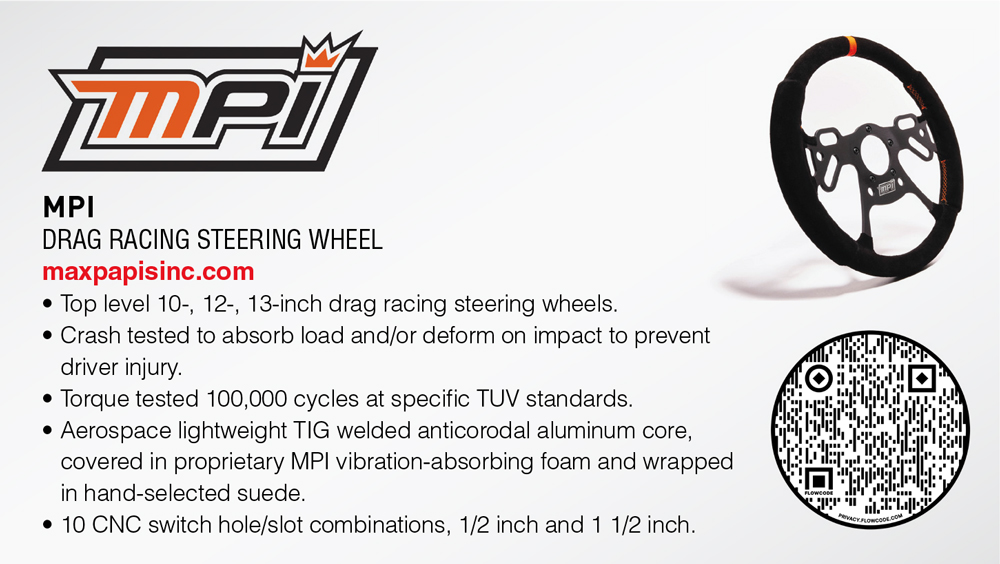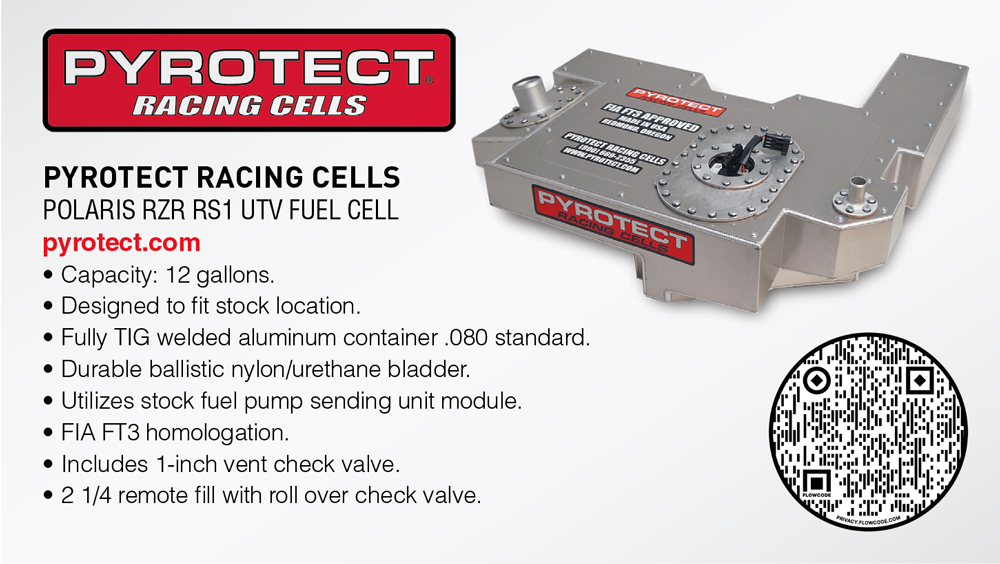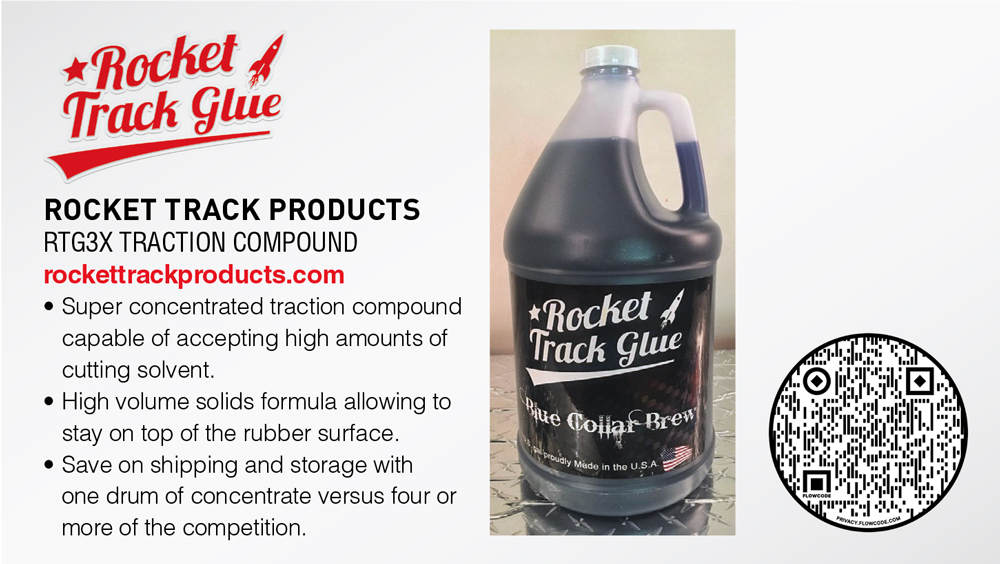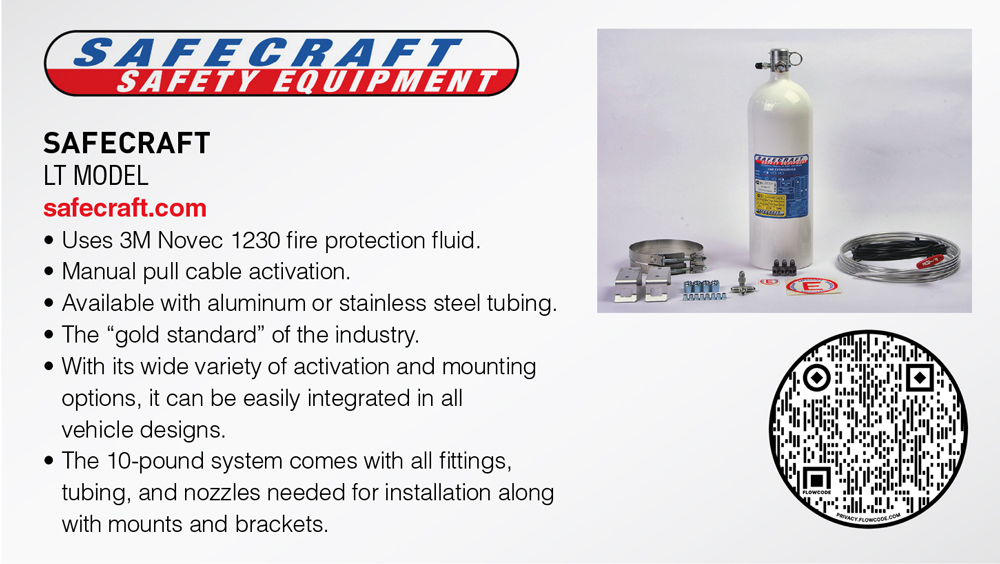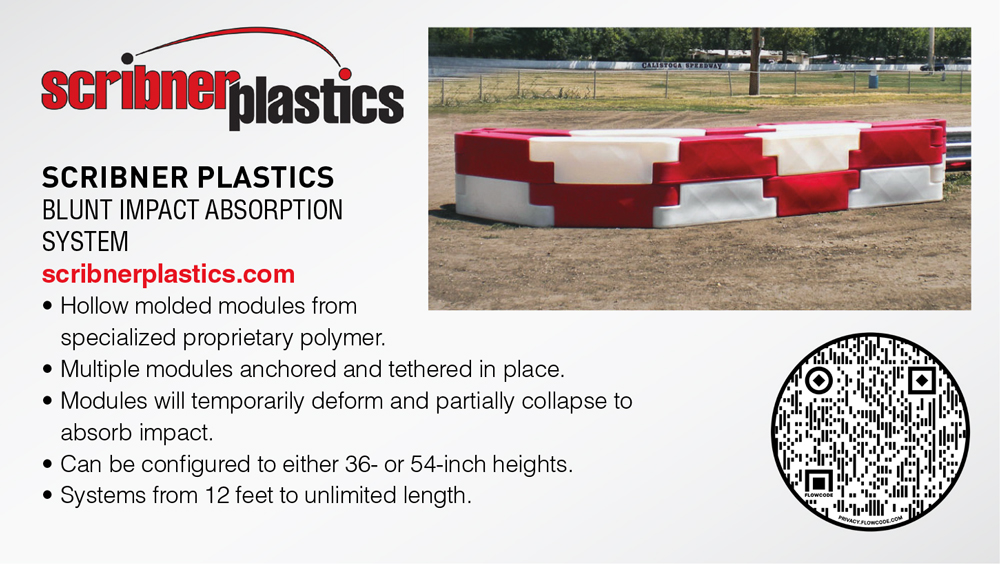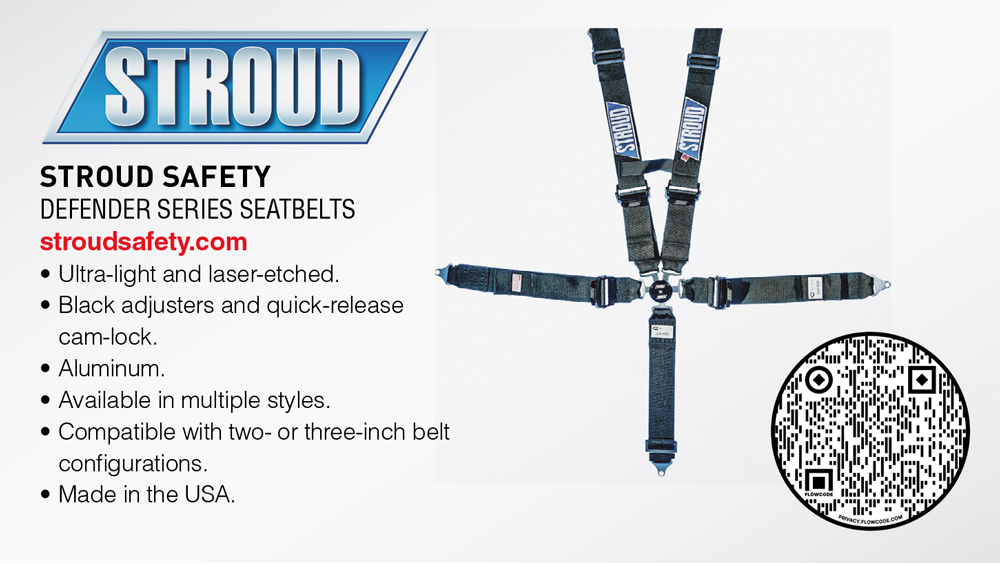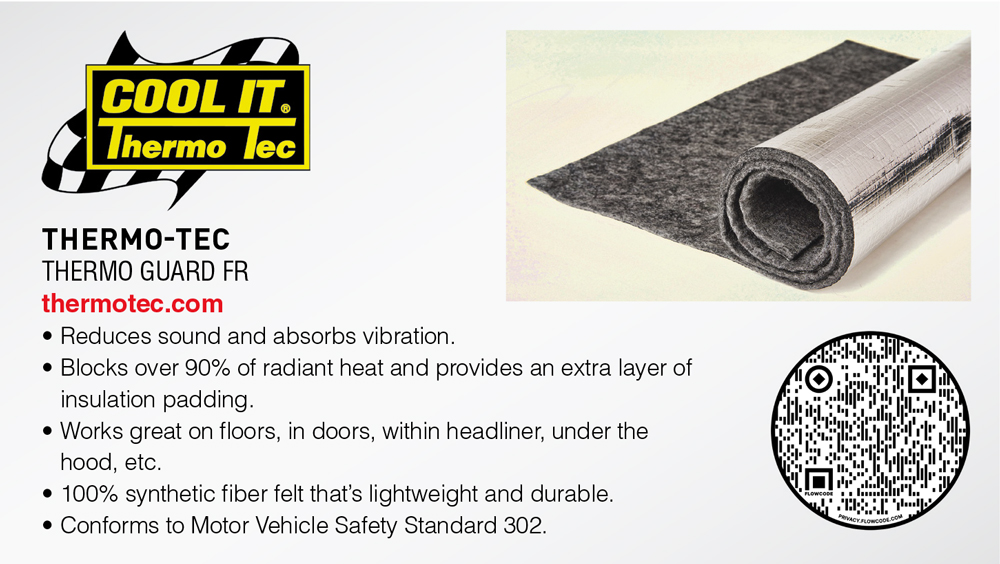Operating Systems
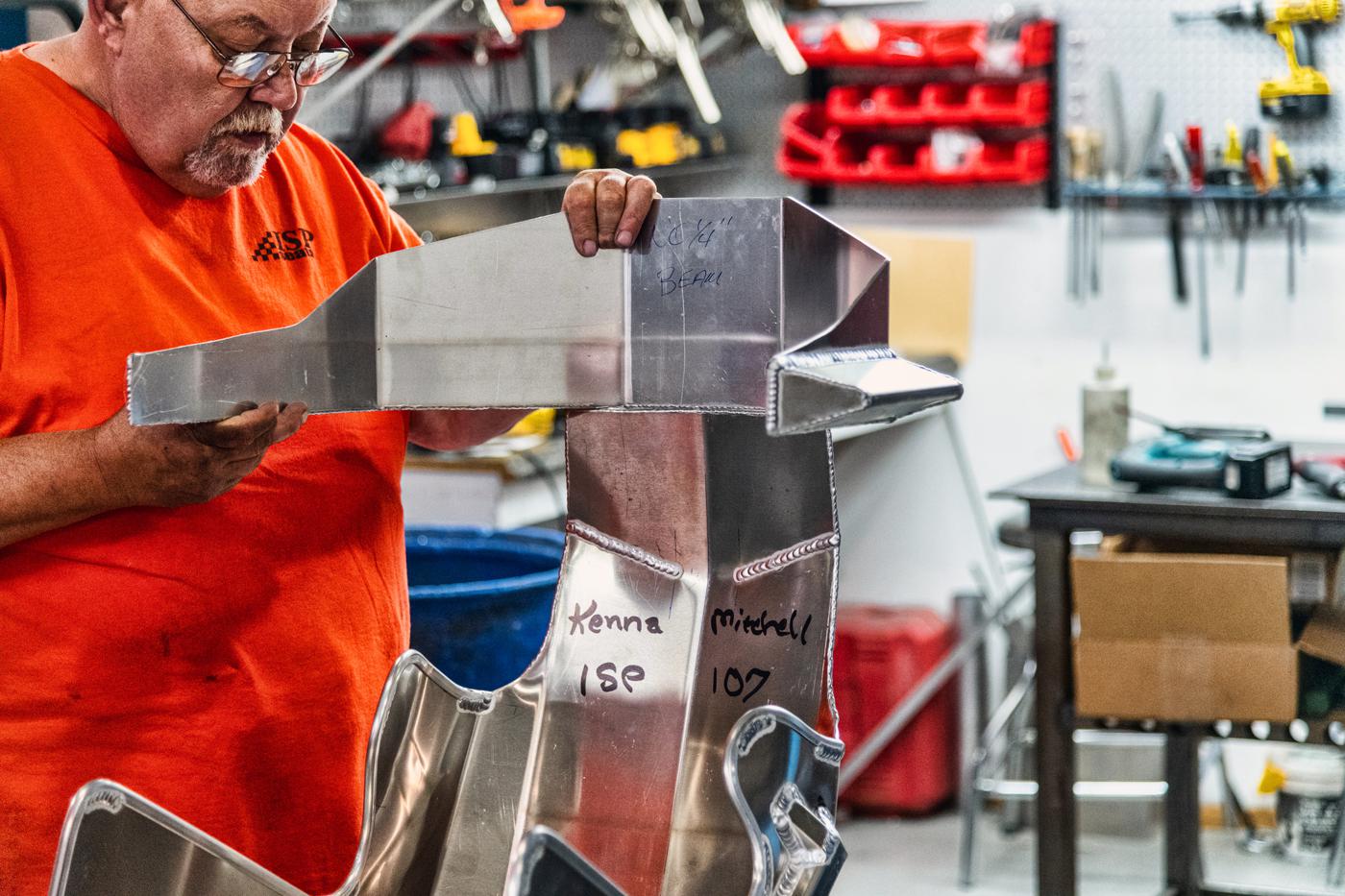
Seats, harnesses, and other vehicle safety equipment are now designed as a system, giving racers their best opportunity ever to walk away from on-track incidents.
Though it’s been 20 years since the death of Dale Earnhardt, his fate still looms large whenever racing safety is discussed.
“Racing will always be dangerous,” said Randy LaJoie of The Joie of Seating, Concord, North Carolina. “But the industry has changed immensely since 2001, and NASCAR hasn’t lost anybody since then.”
To LaJoie, who knows firsthand about the dangers of racing, these changes aren’t just about one piece of equipment.
“Safety in the car is a system of things. It’s not just the head-and-neck restraint. It’s not just a better seat. It’s not just better seatbelt mounting, or the way the seat is mounted. It’s everything going forward from Earnhardt and the other guys who passed [Adam Petty, Kenny Irwin Jr., Tony Roper in 2000; Blaise Alexander Jr. in 2001] that has saved a lot of race car drivers’ lives. Enough information has come out since 2001 that, with the proper system, a racer can get out of a wrecked car, go home, and see the wife and kids.”
What follows is a look at some of the newest safety components for racing vehicles, each of which can contribute to a comprehensive safety system.
Seats
“As the industry learns more about mitigating injury in a vehicle crash, the one underlying theme is limiting driver movement,” said Patrick Utt of RaceQuip, Riverview, Florida. “Everything touching or near the driver is there to limit movement during a crash. Besides a harness, the seat is the most important safety item in the cockpit. Racing seats have evolved to the point where they severely restrict sideways body movement at the thighs, hips, ribs, and shoulders. Add head and neck to this list if you go with a full-containment seat that features a halo to limit side-to-side head movement.”
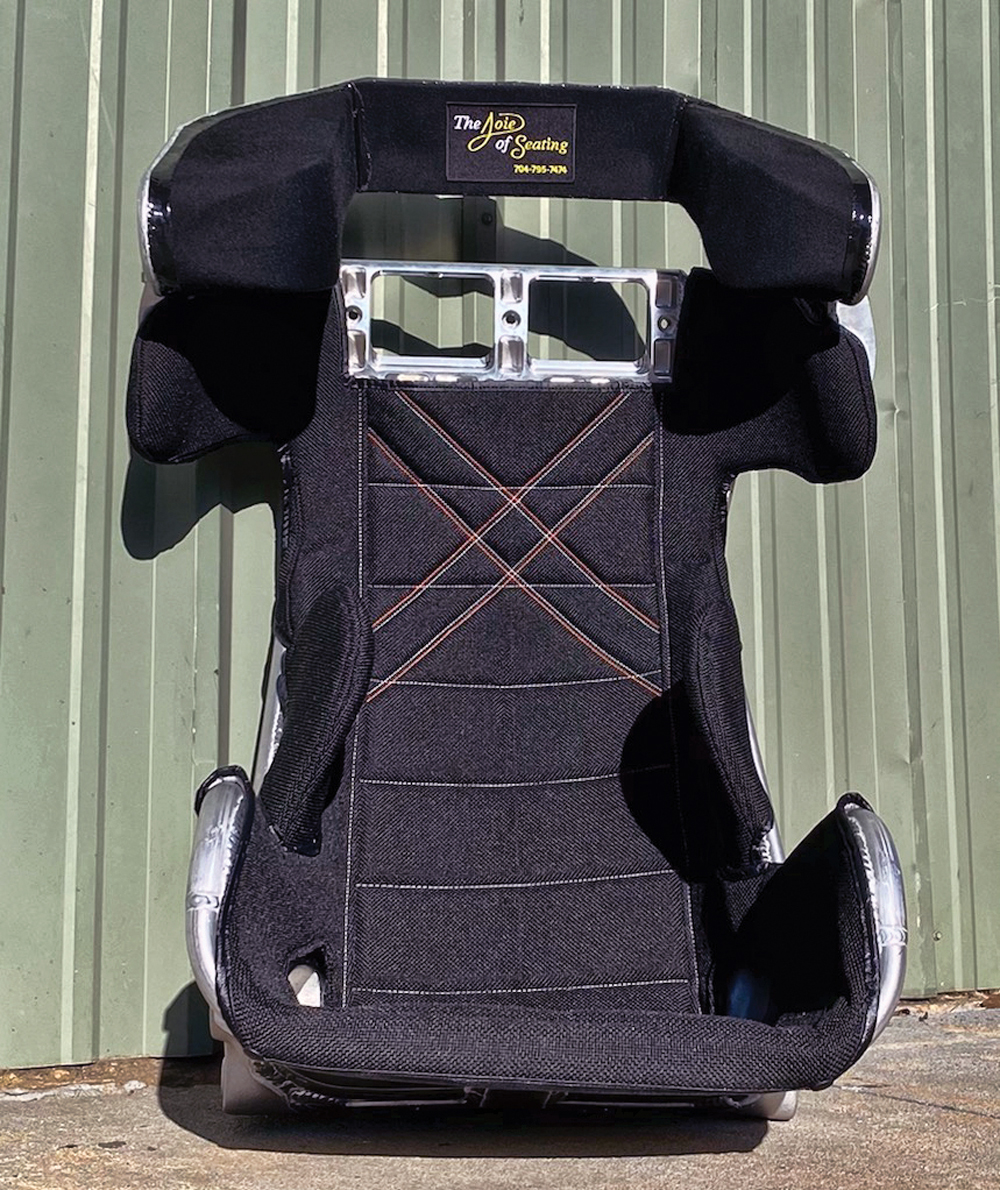
LaJoie, too, advocates for full-containment seats. “I tell race track promoters, push the guys at the tracks to go to containment seats,” he explained. “If you hold the occupant as tightly as possible and limit the movement, more than likely they’re going to be OK if they hit something.”
LaJoie’s newest seat was developed for the all-star Superstar Racing Experience (SRX). “It incorporates a lot of our NASCAR Cup features, including attaching the belts to the seats.” NASCAR mandated the all-belts-to-seat (ABTS) feature several years ago for its top series. The belts in the seats “are really short,” LaJoie explained, “which is good for the occupant.” Because any type of belt material will stretch during an impact, “limiting the length of the belts by attaching them right to the seat is good because it limits the occupant’s movement.”
Once he has supplied the cars in the SRX series, LaJoie plans to make the seat available to the general racing market by the end of this year.
Impact Racing of Indianapolis, Indiana, is utilizing what it calls “aerospace manufacturing technology” to produce its new Genesys II racing seat. Ben O’Connor explained that the new Advanced Negative Displacement (AND) technology “is a completely different way of manufacturing.” Negative Displacement means “any unnecessary resin is removed from the finished piece assembly. It’s not like an autoclave, where you vacuum it out. It’s really pressing the two molds together, squeezing the resin out. With that process we’re getting such good permeation in the mat that we don’t need as much resin. That makes the assembly a lot lighter—the seat is only about 2 1/4 to 2 1/2 pounds heavier than our full carbon-fiber seat—but it’s more cost-effective compared to carbon fiber. And it still has all the strength to meet the SFI homologation.”
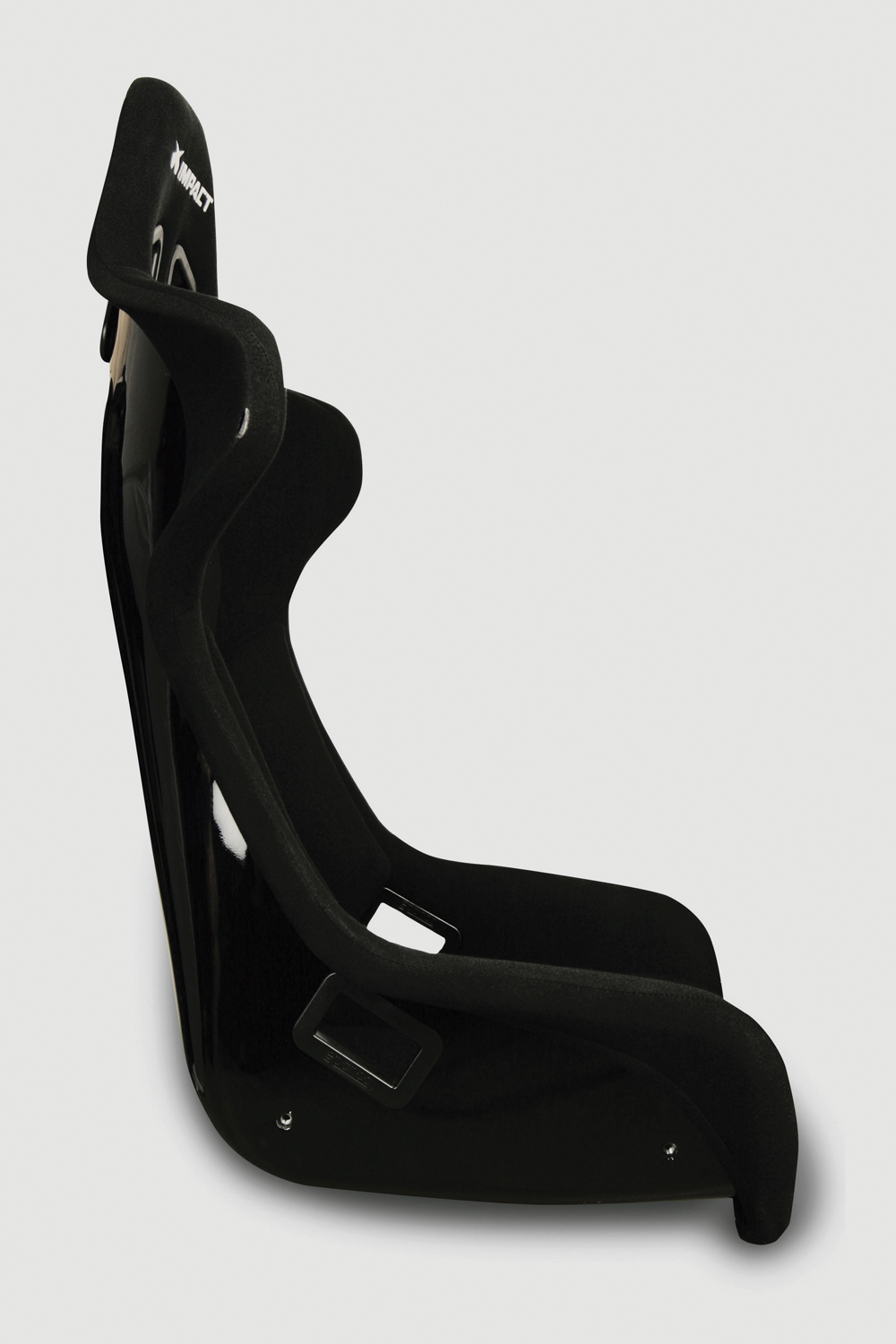
“Modern materials and manufacturing techniques continue to evolve,” noted Utt. “Sometimes the benefit is stronger or lighter products, and sometimes it just allows us to reduce manufacturing costs.” Utt said RaceQuip’s new line of composite FIA racing seats “is an example of both. The aerospace industry has further refined composite materials to increase strength and reduce weight, so our seats can exceed the FIA 8855-1999 Certification Standard while remaining lightweight. We were also able to reduce the cost of a composite seat to the point where we sell a standard FIA seat for $399.95 and a containment-style seat for $599.95.”
Harnesses
Charlie James of Simpson Performance Products in Mooresville, North Carolina, pointed out that safety belts, too, have evolved as conventional wisdom about their purpose has changed.
“The thinking used to be that you wanted to bring the body to an immediate stop” in an incident, he explained. “Now we’re trying to slow down the acceleration of the body versus bringing it to a stop. We want to have a slower stop as the belts stretch and everything takes its hold.”
Simpson doesn’t keep a massive inventory of “off-the-shelf-type” belts, James said. “We offer multiple variations and options with our belts for whatever your situation and preference might be.” Included among those options are harnesses with widths that taper from 3 inches to 2 at the shoulder area to better fit head-and-neck restraints, a feature available from other harness manufacturers as well.
“We recently came out with FIA-certified harnesses with tapering shoulders,” said Jeremy Speich of G-Force Racing Gear, Acworth, Georgia. Of the four FIA-certified six-point harness systems G-Force offers, two include belts that taper from 3 inches at the buckle “to 2 inches where it starts to cross your shoulders to make it easier to fit on different head-and-neck restraint devices.”
G-Force changed ownership in January 2020, and manufacturing was put on hold during the transition to reduce inventory, Speich explained. “Now that the I’s are dotted and the T’s are crossed, we’ve gone back to square-one with all our products, and the quality of the products we’ve been getting in since the middle of last year is better than anything we’ve ever had.”
Stroud Safety of Oklahoma City, Oklahoma, makes a 2-inch wide, SFI-approved shoulder belt “that you can put on any of our belt sets,” said John Gentry. “Doing that allows the driver to be more comfortable and feel safer when he puts on the head-and-neck restraint.”
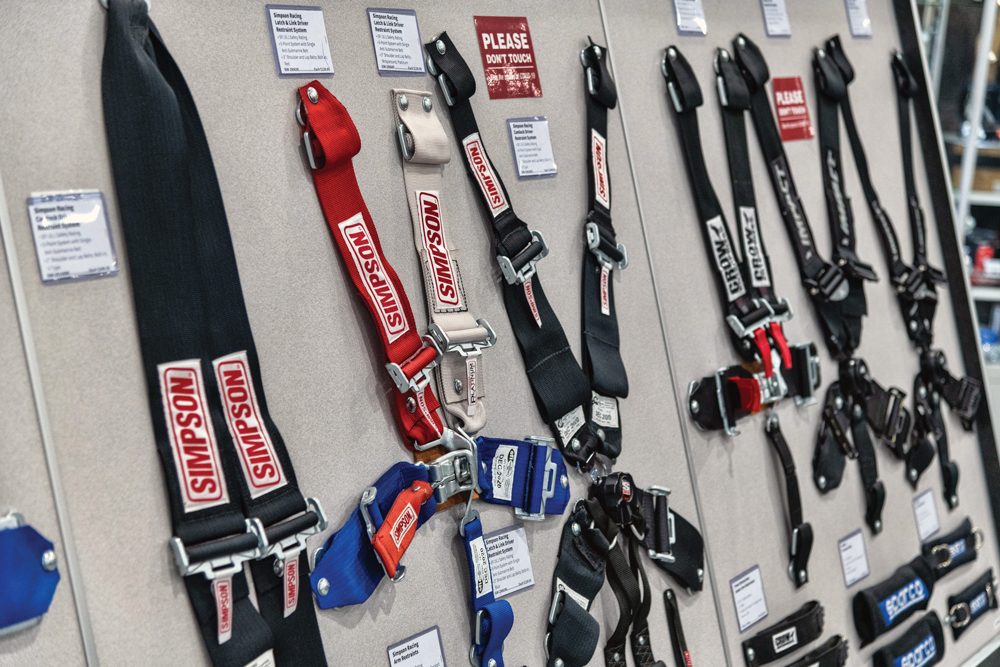
Another area Stroud Safety has focused on is harness weight, Gentry said. “A lot of the PDRA guys, the Midwest Pro Mod racers, and Top Sportsman NHRA racers are looking to cut weight anywhere they can.” In response, the company developed titanium harness hardware that can “cut about 2.5 pounds off a set of belts. Titanium is as strong as steel and weighs about a third, but it costs four times as much,” he explained. As such, the hardware is priced based on the application. “You tell us what you need, and we price accordingly.”
To shave off even more weight, the titanium hardware can be used with Stroud Safety’s new Defender series of belts, which has black aluminum adjusters instead of steel rollers. “That cuts weight, and aesthetically makes it look a lot nicer,” Gentry said.
Impact Racing has new belt hardware as well, a 2-inch integrated camlock restraint with adjusters at the camlock end of the belt.
“One of the main issues with restraints, particularly lap belts, is getting them as tight as you can,” O’Connor said. “It’s safer when you’re strapped in very tight because your lower body has the highest load-carrying capacity of the human body. That’s why you want to be anchored in the seat with lap belts.”
The “big challenge,” O’Connor said, “has been getting the leverage to get them really tight.” With traditional pull-down adjusters, which are closer to the hip, a driver can wind up pushing the adjuster “down into the seat or over the seat.” Reversing the adjuster, to pull up to tighten, has its challenges, too. “If you don’t have them set up correctly with the right lengths at the mounting end, you can end up with an adjuster that’s getting into the cutouts in the seat, or you can run out of adjustment before the belt gets tight.”
By putting the new Impact adjusters “on the tangs that clip into the camlock assembly, it gives you a lot of space to tighten them, and you don’t have to worry about where the adjuster is,” O’Connor said. “It’s not floating, and it won’t run out of adjustment before you get the belts tight.”
The adjuster itself is a “unique design,” he added, “a knurled roller assembly that is pretty free-moving, and the lever assembly that releases it uses tension on the restraint to keep it tight. The harder you pull on it, the tighter it gets. It really makes it easy to get tightened in the vehicle.”
Window Nets
While there haven’t been major technical innovations in window nets—“the tried-and-true continues to hold on and is exactly what it needs to be,” said Speich—their role in a vehicle’s safety system remains important.
“Window nets are a big part of the strategy of keeping people safe,” O’Connor added. “Containment is something we learn more and more about when we review in-car footage of an event. We have learned that one of the main causes of injury in a lot of events is due to people not staying contained. Not just the main body in the seat, but arms and legs as well. We are learning new ways to prevent those types of injuries, and window nets are a big part of that.”
Car builders are also “looking at stuff in the cockpit in terms of what can cause injury during an event,” O’Connor explained. “It could be something, like a bolt sticking out, that may not be an issue when you’re driving normally, but in an event where the driver’s arms and legs are flinging around, they could hit something sticking out. Builders are tending to look around the cockpit a little more and planning a little better.”
Engine Containment Device
“NHRA mandated a rule several years ago that cars going faster than 12.99 have to have an engine containment device,” Gentry said. “If you have an oil leak or blow up the motor, that saves the driver from running over his own oil and crashing his car or hitting somebody else. It also saves track clean-up time, and makes the people going down the lane after an incident more comfortable.”
Stroud Safety offers SFI- and NHRA-approved versions of these “diapers.” (The SFI requires Kevlar and ballistic nylon in the device, while the NHRA version is without the Kevlar.) The company has recently come out with an SFI-approved, quick-release buckle that allows the diaper to be removed, without special tools, in less than a minute. “A lot of racers heard that and said, ‘Sold! Send me one,’” Gentry said.
Youth Safety
Some golf club makers allow young golfers to lease a set of clubs and trade them in for bigger clubs as they grow. Borrowing that idea, LaJoie offers a seat leasing program for young racers.
“My boys [Casey and Corey] started racing when they were seven and eight years old, and I had to build them two or three seats over the course of a year because they grew,” he said. “If the parents buy into the seat lease program, I’ll upgrade two or three times without a lot of cost to them. The seat might not be the prettiest, but then again, they’re only in it for six races and then they have to get another one.”
NHRA updated its rules for Junior Dragsters in 2020, requiring SFI-spec roll cage padding “anywhere a driver’s helmet may come in contact with the roll cage components during an accident.”
James said Simpson responded “with a complete new rollbar/roll cage padding kit that satisfies those needs.”
Priorities
“It’s always a question of choices,” James said about racing safety equipment. “We see racers spend $30,000 to $40,000 on an engine, but they really don’t want to spend that $2,000 on a helmet, a nice set of belts, or whatever it might be. It sounds self-serving when we say safety has to be taken first, but that’s at the core of who we are. The racer might not like having to spend that money on belts or the helmet, but we want them to be able to walk away from whatever they might find themselves in.”
LaJoie put it more bluntly: “They’ll spend money on other speed advantages before they’ll worry about their own ass.”
SOURCES
–
ButlerBuilt
butlerbuilt.net
Fuel Safe Systems
fuelsafe.com
G-Force Racing Gear
gforce.com
Impact Racing
impactraceproducts.com
ISP Seats
ispseats.com
Mass Traction
masstraction.com
MPI
maxpapisinc.com
Pyrotect Racing Cells
pyrotect.com
RaceQuip
racequip.com
Rocket Track Products
rockettrackproducts.com
Safecraft Safety Equipment
safecraft.com
Scribner Plastics
scribnerplastics.com
Simpson Performance Products
simpsonraceproducts.com
Speed Seat Factory
speedseatfactory.com
Stroud Safety
stroudsafety.com
The Joie of Seating
thejoieofseating.com
Thermo-Tec
thermotec.com
 MEMBERSHIP LOGIN
MEMBERSHIP LOGIN JOIN PRI
JOIN PRI





